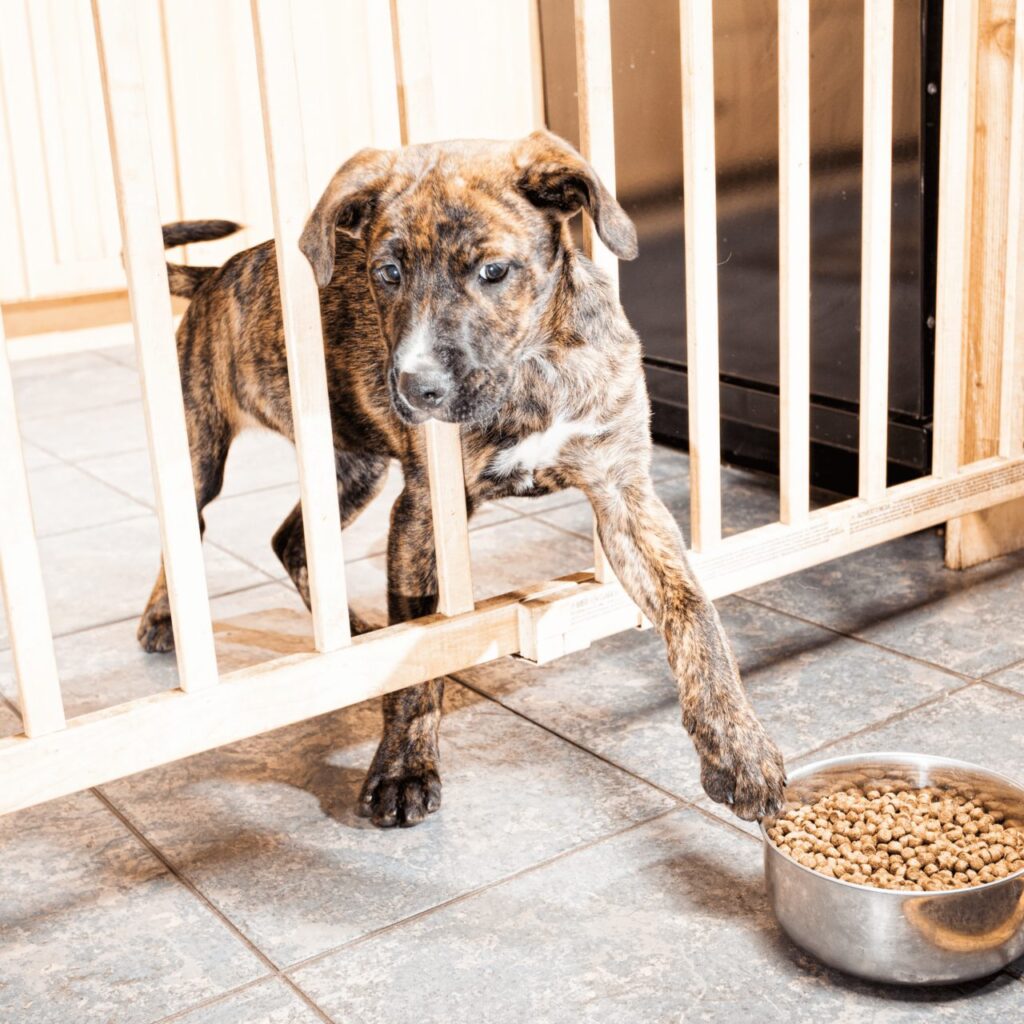
FREE Help I've Got A New Puppy Survival Guide
Sign up to our mailing list and we will give you all you need to know on making your first 7 days count. Includes sleep, feeding, toilet training, chewing and much more!
Recent posts
Blog categories
Search the blog
Help! My dog is aggressive at the vets
Posted on 16th May 2024

It’s one of the biggest fears of a dog owner – that their dog is sick or injured and can’t be treated due to their level of aggression.
All dogs can become aggressive, no matter how placid they seem. They all have the ability to bite.
The most common reasons why this may occur is pain combined with fear. Imagine the fear of someone touching your broken leg. You are probably going to scream and try and make them go away. Dogs do the same.
However, if you know your dog is going to struggle with a stranger touching them or will panic in an environment like the vets, there is lots you can do as an owner to help your dog, yourself and the vet caring for your pet.
Get your dog used to things at home:
The more proactive you are at home in teaching the skills your dog needs, the easier it will be in real life situations. Things you can actively work on are:
- Muzzle training - take a look at The Muzzle Up Project as well as our video on how to muzzle train
- Co-operative handling - this is where the dog has a start and stop button for procedures. You can find out more about co-operative handling here
Prepare in advance with your vet:
Ask your vet practice if you can have a named vet. This means your dog will see the same person each time and have chance to build a relationship with them.
Ask for your dog to have a comfort pack before seeing the vet. This is some medication which takes away anxiety and allows your dog to be more relaxed.
Ask for your vet to enter through the rear of the surgery to avoid the front door and waiting areas.
Draw up a handling protocol with your vet that goes in your client notes so everyone knows what to do and how to handle your dog, receptionists included.
Make sure appointments are scheduled at quiet times when there is less rush and ask for a double appointment if needed.
When you arrive at the vet
- Be patient - Give your dog the chance to acclimatise to the room without anyone talking to them or approaching them. Having items like snuffle mats or licki mats can really help with this.
- Be aware of your dog's body language - Look for early signs that your dog is uncomfortable. See our Ladder of Aggression video for more help here.
- Stop early if your dog is unsure - Always stop if signs of aggression in the fight category are seen (growling, snarling, air snapping).
- Give regular breaks - Make sure your dog has the chance to move away, have a drink or leave the room if they need.
- Stay with your dog - Tempting as it is to let someone take your dog and “just get things done” , it may work on the one occasion but you are going to struggle to visit again.
There are many things that you, as the dogs’ owner can be taught to do. Please be an advocate for your dog. Always ask for a second opinion if you feel uncomfortable or you feel your dog is not being treated well.
Taking a dog to the vet who struggles is stressful, but there is lots that can be done to minimise stress for all involved.
Please contact me if you are having issues with your dog at the vets, I can help you to make improvements.
Email: clair@talktothepaw.io | Mobile: 07969 036789 | Privacy Policy



